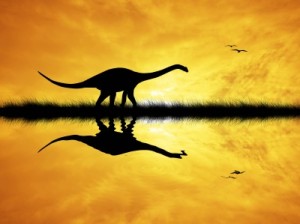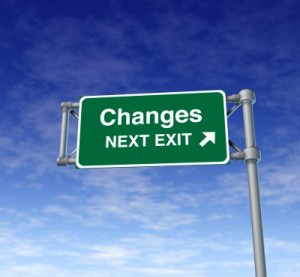
Just as in our past, we are heading into another Ice Age. Actually, it has already begun.
You read right – we are heading into another Ice Age. Global warming is misunderstood actually, and despite human interference with our environment, a natural Earth cycle is moving back into the Ice Age.
The Ice Age Returns
The Earth’s climate over the past 2 million years has been dominated by alternating colder and warmer periods, but human beings have never witnessed the climate changes and the sheer number of natural disasters that we are experiencing today.
Measurements taken from ice cores and sea-floor sediments show definite trends in the Earth’s climate; a movement into a mini Ice Age within the next 10 years.
Get Ready
Many scientists believe that a drop in Northern Hemisphere temperatures in the 1960s signaled the gradual onset of another Ice Age. Since then, however, conflicting worries about global warming have dominated the environmental agenda and turned our focus onto the heat.
Scientists now attribute that over the whole of the 20th century, the Earth actually warmed due to human influences. The increase in volcanic eruptions, the thinning of our atmospheric layers, and the loss of our magnetic field has created a warming of the crust, no doubt. But this warming does not ward off an inevitable Ice Age cycle.
The Same Ice Age

The same polar ice from 100,000 years ago is still at the North Pole today.
The Ice Age is a “natural cycle” that is driven by an ancient timescale. Actually, we are cycling back into the same Ice Age, no matter what the thermostat reads. There is no “new” Ice Age; we simply return to the same one.
Today, the same glacial ice that covers Greenland and Antarctica covered these continents 100,000 years ago.
Don’t Be Mislead
The current, bizarre climate that we are experiencing globally is but a small sample of what a full-blown Ice Age will bring. There are bigger changes ahead in local weather patterns, rainfall rates, the growing season, and global storm patterns.
In fact, the last mini Ice Age occurred in the 13th century when temperatures in northern Europe dropped between -5 and 15 degrees Celsius (23 degrees to 59 degrees Fahrenheit). These temperature and weather changes lessened the distribution of warm water around the globe, and this affected the temperatures and growing seasons in Northern Europe, Asia, Canada and the United States.

We can’t stop inevitable Earth changes. But, we can certainly learn more about them.
So, don’t let the increase in greenhouse gases, pollution, and volcanic eruptions fool you – we may think we’re warming beyond our control, but all in all, the Earth is turning back toward a very cold world.
Just look above you when the next violent storm brews. The changes have begun.

[…] and sea-floor sediments show definite trends in the Earth’s climate; that trend is to expect a mini Ice Age within the next 10 […]